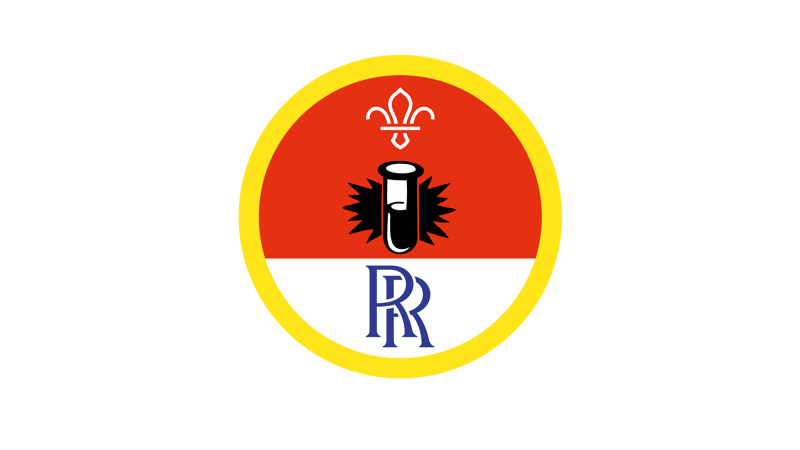
Rainbow celery
You’ll need
- Scissors
- Food colouring
- Clear jars
- Stalks of celery with leaves
- Plan ahead and let everyone know what equipment they’ll need to do this activity online at home.
- You’ll need to check in again in a week to see the results of your experiment. Why not try out another science activity if you have time in your online meeting?
- Check out the advice on using Zoom and other popular digital platforms and the guidance on being safe online.
Do plants get thirsty?
- Everyone should think about the things plants need to survive. Do they eat food and drink water like we do? How does a plant get water?
Plants need water to survive. Water keeps plants’ roots, stems, leaves, and flowers healthy, and stops them drying up and wilting. Plants make the ‘food’ from sunshine. Plants can get water from rainfall, being put in water, or from us watering them.
- Everyone should think about how plants ‘drink’ water. Where does it come in from? How can it get from one part of the plant to another?
Plants draw water up from their roots and stems. This is done by a process called capillary action, drawing liquid upwards through smaller and smaller tubes called capillaries. Animals including humans also have capillaries. It’s what our blood runs through.
- Everyone should make a prediction about what they think will happen in the experiment. Will the food colouring travel through the entire celery stalk, up to the leaves, or will it collect somewhere? Which colour will most strongly dye the celery?
The celery experiment
- Everyone should split into small teams. Each team needs a jar, a stalk of celery, a pair of scissors, and a bottle of food colouring.
- One member of the team should carefully cut off the bottom inch of the celery.
- Another member should fill the jar about halfway up with water, and add 15-20 drops of food colouring to it.
- Place the celery stalks in the jars, cut end in the water, and leave them to ‘drink’. It will take around a week for them to change colour.
Observing the change
- Everyone should gather together to compare the celery. Take them out of the jars to see the cut end, which should now be colourful. Which have changed colour the most? What does the colour at the cut end tell us about how the plant was ‘drinking’ the water?
- Peel open the celery to see the inside. Is there any colour drawing up through its capillaries? How far did the water get in a week? Was it what you expected to see or different?
Reflection
This activity was about learning new skills. How did the plant ‘drink’ the water? How did your predictions match up to what happened to the celery? How could you make the colour of the celery stronger or weaker?
This activity was also about working in a team. How well did your team work together to follow the instructions? Would you do anything differently if you were going to do this experiment again?
Safety
All activities must be safely managed. You must complete a thorough risk assessment and take appropriate steps to reduce risk. Use the safety checklist to help you plan and risk assess your activity. Always get approval for the activity, and have suitable supervision and an InTouch process.
- Science
Supervise young people, and only do science activities that are advised and age appropriate for your section. Test activities first, to make sure you’re confident you can lead them safely. Use protective clothing where necessary.
- Scissors
Supervise young people appropriately when they’re using scissors. Store all sharp objects securely, out of the reach of young people.
Try this experiment with other items and investigate how quickly they are able to draw up water in comparison to the celery stalks. You could use another living thing, such as carnations, or man-made products like paper towels. Use the same amount of water and food colouring and leave each item to 'drink' for the same length of time to make sure your results are fair.
Make it accessible
All Scout activities should be inclusive and accessible.
Use the bottoms of celery to create prints. Dip the ends into paint and decorate greetings cards in a variety of patterns and designs. This will enable you to meet requirement 2 of your Artist Activity Badge.
